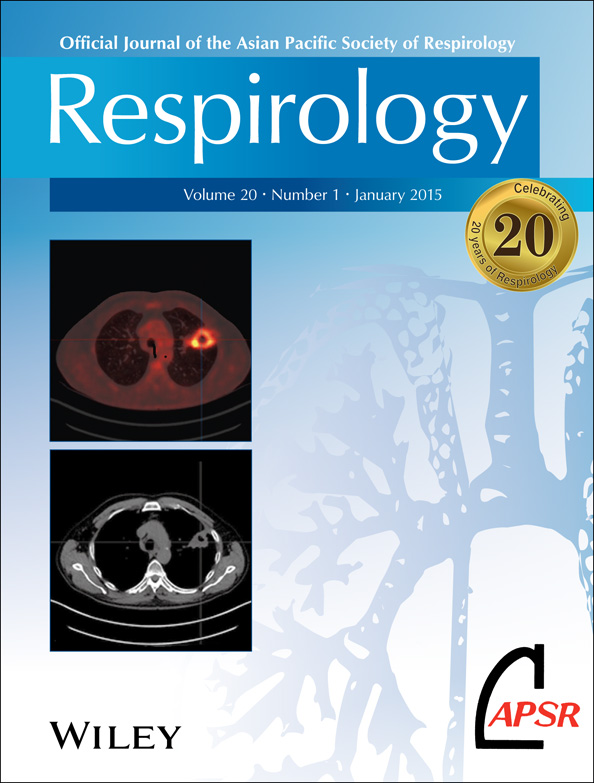Comparison of PNA clamping and direct sequencing for detecting KRAS mutations in matched tumour tissue, cell block, pleural effusion and serum from patients with malignant pleural effusion
Abstract
Background and objective
Peptide nucleic acid (PNA)-mediated real-time polymerase chain reaction clamping was recently developed to improve mutation detection sensitivity. Pleural effusion could be a good sample candidate for mutation analysis. To establish if PNA clamping could be used to detect KRAS mutation in particular in pleural effusion, we analysed its diagnostic performance.
Methods
We studied 57 patients with malignant effusion. KRAS mutation was evaluated in samples of matched tumour tissue, cell block, pleural effusion and serum using PNA clamping and direct sequencing.
Results
The detection rate of KRAS mutation using pleural effusion was 14% for PNA clamping and 10.5% for direct sequencing. The κ coefficient between the two methods was 0.76 (P value < 0.0001), 1.00 (P value < 0.0001) and 0.87 (P value < 0.0001) in pleural effusion, tissue and cell block, respectively. The diagnostic performance of KRAS mutation detection from pleural effusion compared with the results obtained for all samples combined showed that the sensitivity, specificity, positive predictive value and negative predictive value were as follows: 89, 100, 100 and 98%, respectively for PNA clamping; 67, 100, 100 and 94%, respectively for directing sequencing.
Conclusions
The current study suggests that PNA clamping had a good concordance with direct sequencing for the detection of KRAS mutation in patients with malignant effusion. Furthermore, the good diagnostic performance obtained from pleural effusion samples provides evidence that pleural effusion can be a useful source for detecting KRAS mutation in a clinical setting, in which the collection of tumour tissues is challenging.




